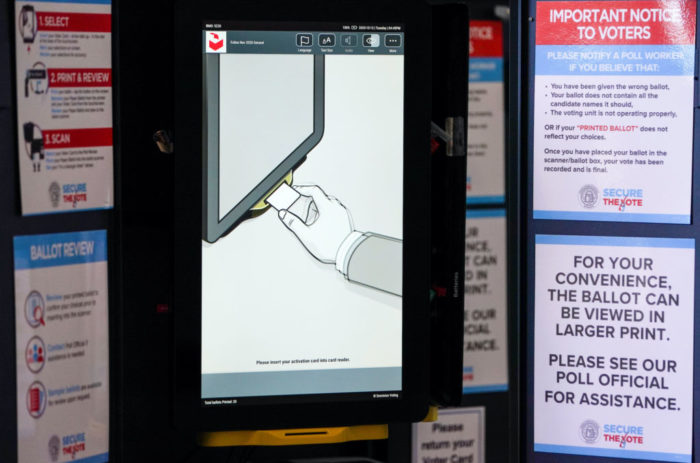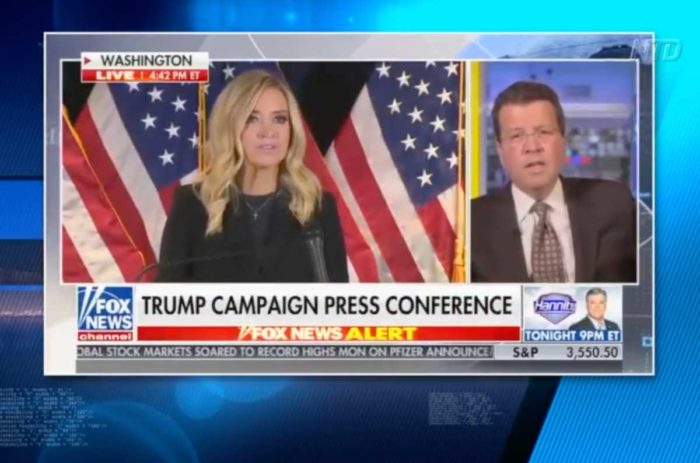redo Jump to...
print Print...
Directions
-Read the excerpt below from the Special Report posted at MediaResearchCenter.org.
-Read "Types of Media Bias" in the right column. Then answer the questions.
To review how the broadcast television networks portrayed the War on Terror in the decade since 9/11, the Media Research Center has identified major trends that stand out from ten years of media analysis. The Bush policy was often reviled, and the Obama policy was often ignored or praised:
- Under Bush, anchors and reporters painted the War on Terror as a dark era in American history where our civil liberties were vanishing. Terrorist suspects were often treated as morally superior to their U.S. military captors. (details here)
- Under Obama, the picture of unjustly detained terror suspects faded from view, and Guantanamo faded as an international outrage. (details here)
- Under Bush, the networks eagerly promoted partisan talking points that cast the administration as villainous or inept in its handling of the War on Terror – or, even worse, somehow to blame for the 9/11 attacks themselves. (details here)
- Under Obama, the media’s coverage of Obama’s failures on terrorism (the mass murder at Fort Hood and the near misses above Detroit and in Times Square) diverted the subject from Obama’s performance to other controversies (like America’s alleged “Islamophobia”). When Obama’s performance succeeded – as in his command of the mission to kill Osama bin Laden – the subject wasn’t changed. (details here)
- Under Bush, TV journalists were so averse to nationalism that they found allusions to an “axis of evil” in the world to be grotesque, and obsessed over the unpopularity of Bush’s America in Europe and the Middle East. (details here)
- Under Obama, the media simply assumed that a less nationalistic Obama’s outreach to the Muslim world (including his speech in Cairo) would warm global opinion, and ignored surveys that belied [showed to be false] that assumption. (details here)
MRC’s conclusion: While journalists like ABC News president David Westin insisted that the patriotic thing for journalists to do after 9/11 was “to be independent and objective and present the facts to the American people,” the networks failed to live up that “we report, you decide” standard.
To accurately identify different types of bias, you should be aware of the issues of the day, and the liberal and conservative perspectives on each issue.
Types of Media Bias:Questions
1. Which types of bias does the MRC report give examples of?
2. Do you think this analysis provides an accurate assessment of the media’s reporting since 9-11? Explain your answer. (Discuss your answer with a parent.)
Scroll down to the bottom of the page for the answers.
Answers
1. The MRC report provides examples of bias by spin, selection of sources and story selection.
2. Opinion question. Answers vary.



